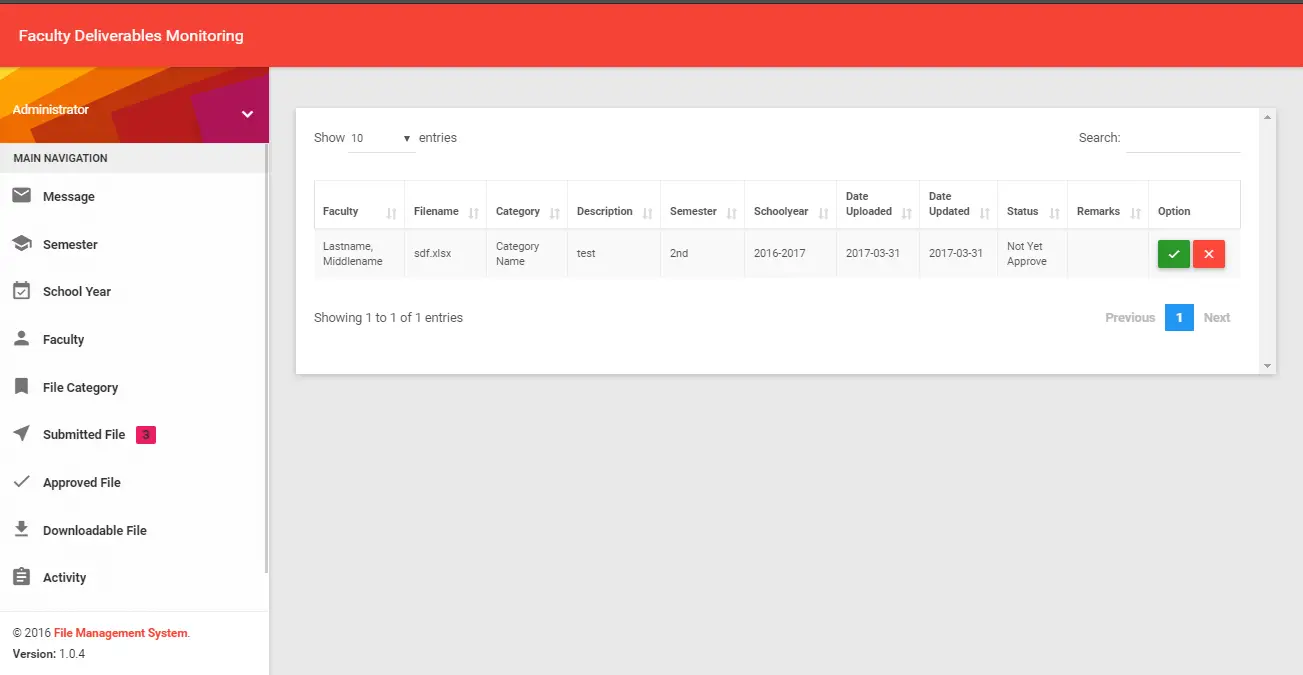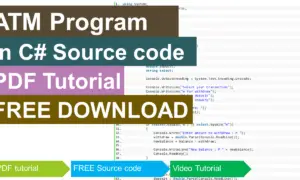Streamlining Faculty Workload Management through Digital Document Processing
Introduction
Table of Contents
Managing the workload of faculty members is a crucial aspect of educational institutions. It involves keeping track of teaching assignments, research responsibilities, administrative duties, and other tasks. Traditionally, this process has been handled manually or with basic digital tools, which can be time-consuming and prone to errors. Ensuring that faculty workloads are balanced and well-documented is essential for maintaining the efficiency and effectiveness of the institution.
Traditional methods of managing faculty workloads often face significant challenges. Manual tracking can lead to inconsistencies and inaccuracies, making it difficult to get a clear picture of each faculty member’s responsibilities. Additionally, communication between faculty and administration regarding workload assignments and updates can be inefficient, leading to delays and misunderstandings. These issues can negatively impact both the faculty’s performance and the institution’s overall productivity.
To address these challenges, we propose the concept of digital document processing using PHP and MySQL. This system automates the management of faculty workloads, ensuring that data is accurately recorded and easily accessible. By leveraging PHP for backend processes and MySQL for database management, this solution provides a robust and scalable way to streamline workload tracking, communication, and reporting.
This research is significant as it aims to enhance the efficiency of faculty workload management through digital solutions. By implementing this system, educational institutions can reduce errors, improve communication, and provide real-time data on faculty responsibilities. This not only benefits the administration by offering a clear overview of workload distribution but also supports faculty members by ensuring their workloads are manageable and well-documented.

Literature Review
Existing literature on faculty workload management highlights various approaches and challenges. Traditional methods often involve manual processes or basic digital tools that lack efficiency and accuracy. Studies have shown that these methods can lead to inconsistencies and errors, which negatively impact both faculty performance and administrative oversight. To address these issues, several researchers have explored automated systems, but comprehensive solutions specifically tailored for faculty workload management are still limited.
Digital document processing has proven beneficial in many industries by automating and streamlining workflows. For instance, in healthcare and finance, digital systems have significantly improved data accuracy, efficiency, and accessibility. Previous studies on the use of PHP and MySQL in document processing have demonstrated their effectiveness in creating robust and scalable solutions. These technologies offer powerful tools for managing data and automating processes, making them ideal for developing a faculty workload management system.
Despite the advancements in digital document processing, there is a gap in the literature regarding its application to faculty workload management. This research aims to fill that gap by investigating how PHP and MySQL can be used to create an efficient, automated system for managing faculty workloads. Key research questions include: How can digital document processing improve the accuracy and efficiency of workload management? What are the specific benefits for faculty and administration? How can such a system be effectively implemented in educational institutions?
System Design and Development
System Architecture
The system architecture of our Faculty Workload Management System is designed to ensure seamless interaction between various components. At its core, the system comprises a client-side interface, a server-side application, and a robust database. The client-side interface, developed using HTML, CSS, and JavaScript, allows faculty and administrators to interact with the system. The server-side application, built with PHP, handles user requests, processes data, and communicates with the MySQL database. This architecture ensures a smooth flow of data and user interactions, providing a user-friendly and efficient experience.
Database Design
The MySQL database is structured to store all necessary document data efficiently. It includes several tables, such as:
- faculty: storing faculty details (ID, name, department, contact information)
- documents: storing document metadata (document ID, faculty ID, title, upload date, version, file path)
- versions: tracking different versions of documents (version ID, document ID, version number, changes, date)
- workflow: managing approval and routing processes (workflow ID, document ID, status, approver ID, approval date)
This relational database design ensures data integrity and efficient retrieval.
Document Upload and Storage
The process of uploading and storing faculty documents is straightforward. Faculty members can log into the system and use a simple form to upload their documents. The system saves these documents in a secure file storage system on the server, with metadata recorded in the documents table of the database. Each document is linked to the corresponding faculty member through their unique ID, ensuring organized storage.
Document Retrieval and Search
To facilitate efficient document retrieval, the system includes robust search functionalities. Users can search for documents based on various criteria, such as faculty name, document title, department, or date of upload. The search queries the documents table in the MySQL database and returns relevant results quickly. This functionality helps administrators and faculty members find the documents they need without hassle.
Document Version Control
Handling multiple versions of the same document is crucial for maintaining accurate records. The system tracks changes and updates by creating a new entry in the versions table each time a document is modified. This table includes information about the version number, changes made, and the date of the update. Users can view previous versions and revert to an earlier version if necessary, ensuring that all changes are tracked and can be audited.
Workflow Management (Optional)
To enhance document management, the system can include workflow management for document approval and routing processes. When a document is uploaded, it can be automatically routed to designated approvers (e.g., department heads or administrators) for review. The workflow table tracks the status of each document, including pending approvals, approved, or rejected statuses. This optional feature ensures that all documents go through the necessary review process before being finalized, improving accountability and oversight.
By integrating these components, the Faculty Workload Management System offers a comprehensive solution for managing faculty documents efficiently and effectively.
Conclusion
In summary, our Faculty Workload Management System aims to address the challenges of traditional workload management by digitizing document processing. Utilizing PHP and MySQL, the system offers a comprehensive solution that includes document upload and storage, efficient retrieval and search functionalities, document version control, and optional workflow management for approvals. These features collectively streamline the management of faculty documents, making the process more efficient, organized, and user-friendly.
The benefits of adopting a digitized system for faculty workload management are substantial. By automating and centralizing document processes, educational institutions can significantly reduce administrative burdens, enhance accuracy, and improve access to important documents. This digital transformation not only fosters better organization but also supports real-time updates and data-driven decision-making. We encourage educational institutions to explore and implement such digital solutions to enhance their operational efficiency and overall effectiveness.
We invite you to share your thoughts and experiences with faculty workload management systems. Have you encountered challenges in managing faculty documents? How do you think digital solutions can improve this process? Your insights and stories are invaluable.
We also encourage you to provide feedback and suggestions for further improvements. Your input will help us refine and enhance the system, ensuring it meets the needs of educational institutions more effectively. Let’s work together to create a more efficient and organized future for faculty workload management.
Readers are also interested in:
- List of 45 Best Nursing and Health Related IT Capstone Project
- 70+ Free and New Capstone Project Titles
- Updated VB.Net Project Ideas
You may visit our Facebook page for more information, inquiries, and comments. Please subscribe also to our YouTube Channel to receive free capstone projects resources and computer programming tutorials.
Hire our team to do the project.


